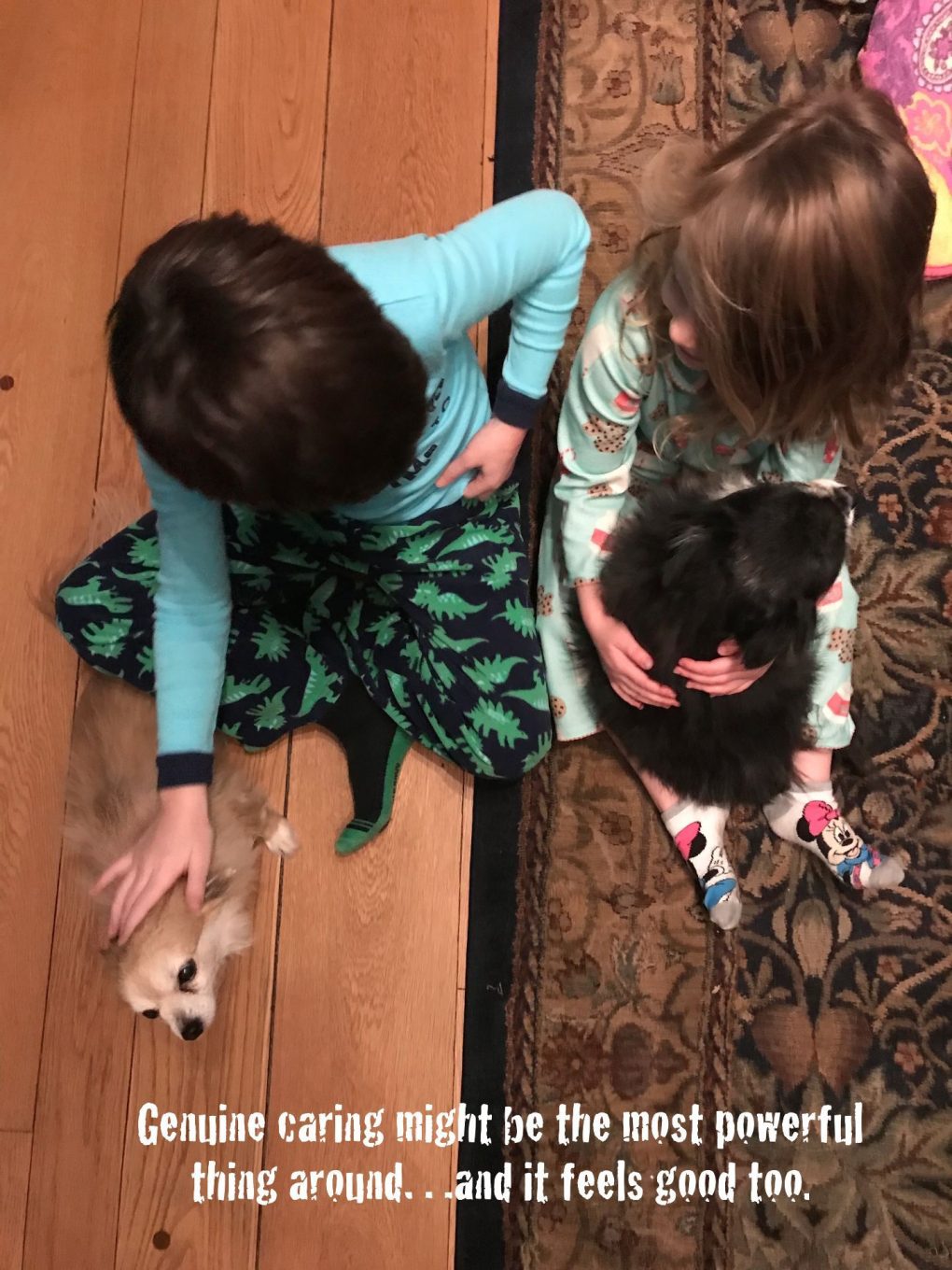When I came home the other day little miss was waiting by the door (the four-year-old).
There she was as I walked in, ready to pounce. Incidentally, knowing that a munchkin or two could be ready to pounce as I walk through the door is one of the great joys of my life.
This time it was her, and she’s determined (get’s it from her mom).
It’s likely that she’d been waiting there for some time. When she sets her mind to a thing she usually sees that thing through to its end.
The thing her mind was set to that day was that I smell her feet.
I managed to find and turn the key in spite of the random many accouterments I was carrying that day (educators carry a random many accouterments to and from work each day; I’m not sure why).
As the door cracked I heard a small but powerful voice command, “Dadda, smell my feet!” It was hers.
She sat on the third step up with both bare feet lifted in the air. She presented them for the smelling. I acquiesced. They smelled nice.
She went on to explain that she and mommy had rubbed lotion on them, and that she just “couldn’t wait” for me to get home and share in the aromatic podiatric situation they created in doing so.
I smiled and smelled them again. I may have even tickled them a bit at that point. Little feet are fun to tickle.
“Smell my feet!”
Generally, it’s not a command met with eager anticipation and joy. It can be, however, when it comes from a person you care deeply about.
Here I would go further and suggest that feet are generally recognized as “bad” smelling appendages, and that the act of smelling them is universally accepted as unpleasant.
However, I would further suggest that genuine caring has the power to see people through situations that might otherwise be universally accepted as unpleasant to outcomes that enhance positive pathways for all involved.
Where am I going with this? I’m not suggesting we smell one another’s feet. In fact, I would expressly advise against it.
What I am suggesting is that caring is powerful, and that organizations within which people feel as though, and dare I say, know that they’re cared about are healthier for it.
I’m suggesting that those types of organizations are healthier for it (a foundation and widespread understanding of genuine caring) because challenges that might otherwise be universally accepted as unpleasant are sometimes seen as short-term, limited in scope, and solvable between and among people who genuinely care about one another.
In other words, an optimistic outlook is easier to adopt and maintain, and pathways to positive progress through collaboration based on shared core values are easier to pave and tread when people care; not necessarily about the outlook or even the pathways, but again, about one another.
Parents and educators are well positioned to lead the way in this regard.
Dr. Ron Ritchhart reminds us that the expectations we set, the language we use, the modeling we do, the interactions we have, the opportunities we provide, the physical environment we build, the routines we employ, and the time we take to foster healthy relationships based on shared thinking are all particularly powerful.
I say we focus on being careful to adorn our relationships and organizations with caring, inside and out.
I say we take care to intentionally drive relational and organizational paradigms that are care-full in honest and genuine ways.
I say that when we do we benefit.
I say that when we do kids benefit, and ain’t that what we’re in it for after all?
No feet smelling at work. I insist. Rather, let’s be sure to always keep our aim true by reminding ourselves that ours is a caring path and that consequently we are caring people; genuinely caring people.
Let’s use that reminder to face the robust challenges and celebrate the remarkable triumphs together with open resolve around leadership that is full of caring. Genuine caring.
[Careful[l]eaderhip].
Let’s.
In it together for the kids!
Live. Love. Listen. Learn. Lead. Thanks.
